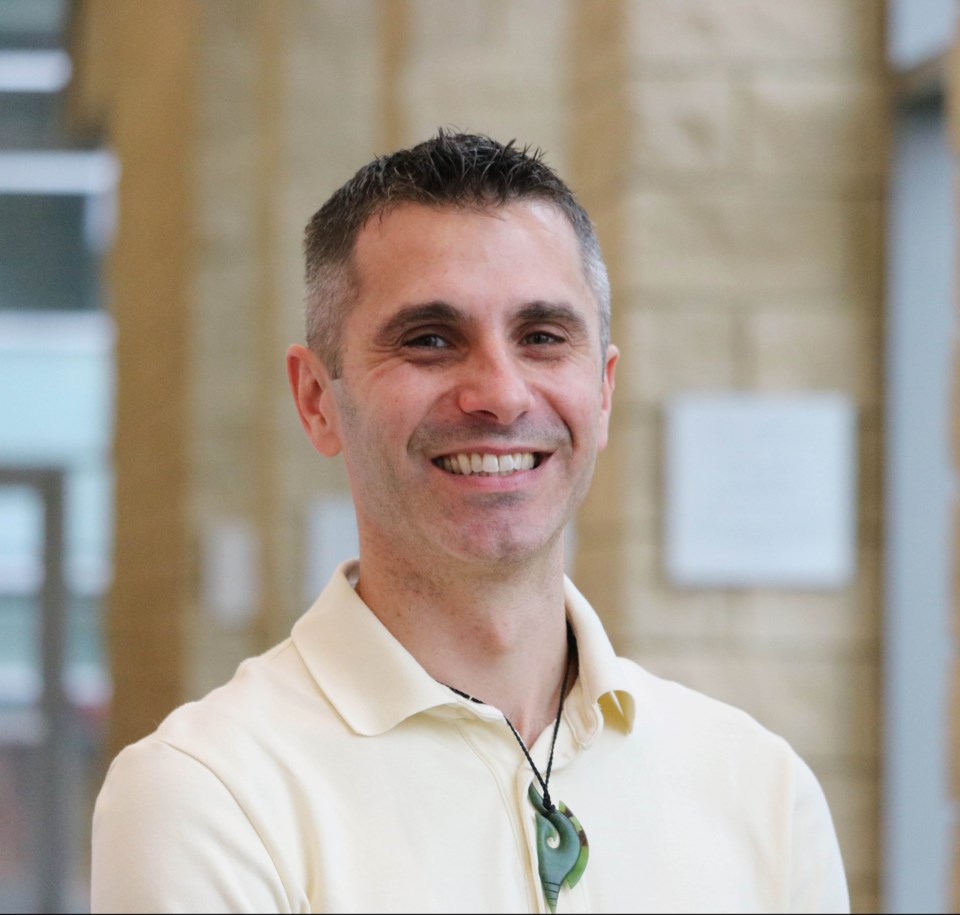NEWS RELEASE
BROCK UNIVERSITY
************************
As scientists express concern over the world’s hottest March on record — the 10th record-breaking month in a row — a Brock University physiology expert is calling for a more holistic way of determining the health risks posed by extreme heat.
“Public health messages tend to be oversimplified to say things like, ‘At this temperature, people are susceptible to heat stroke, and at this maximum temperature, people will die,’” says Professor of Kinesiology Toby Mündel. “The truth is much more nuanced when you take many other factors into consideration.”
Mündel is part of an international research team that published a review study in March challenging conventional methods of calculating the risk of illness and death from extreme high temperatures.
The team recommends that expertise in human physiology be added to weather and epidemiological data, which is information on patterns of diseases in populations.
One of the factors used to determine risks to human health is ambient temperature, the temperature of the air in a particular location measured by a thermometer.
Experts use ambient measurements in their calculations across the board, but this does not take regional variations into consideration, says Mündel.
“Each area has a normal ambient temperature, which could be higher than other locations; it depends on where you are in the world,” he says. “For example, summers in St. Catharines are very different than summers in the Northwest Territories.”
People’s bodies adjust to the “normal” ambient temperature of where they live. If these rise, there may be an elevated risk of illness and death, but the fact that the regular ambient temperature is high compared to other places doesn’t pose a risk in itself, he says.
Another factor that should be included in risk assessments is behavioral thermoregulation, says Mündel. This refers to strategies humans and non-humans use to keep themselves cool or warm depending on their environments.
Temperatures are typically collected at outdoor weather stations and airports.
“That doesn’t necessarily give you an indication of the temperatures people are actually exposed to,” he says. “Is it fair to say they experience heat stress during the day when many or most people are sitting nice and comfortably in air-conditioned offices or homes?”
Similarly, parts of the world lacking widespread air conditioning are at greater risk with rises in ambient temperatures, he says.
Closely related to behavioural thermoregulation is the wider issue of social and economic inequities in a particular area, says Mündel. For example, homeless people who don’t have access to cooling stations are disproportionately affected by heat-related risks.
Similarly, locations containing high numbers of older adults or people dealing with heart disease and other pre-existing medical issues are also at greater risk, which should be factored into the overall equation, he says.
Mündel urges these and other factors be integrated into the risk determinations before issuing public health warnings.
“There should be caution against generalizing results from extreme heat to milder and more typical summer temperature ranges, especially without accounting for how humans behave and adapt,” he says. “Overestimating these risks leads to ineffective public health strategies and a misallocation of resources toward interventions with little real-world impact.”
Mündel recommends physiologists and others with expertise on the human body be included in teams that monitor and assess heat waves and health.
************************
